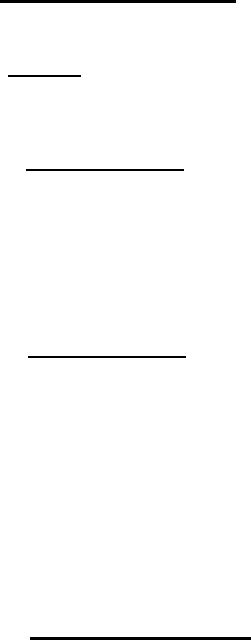 |
|||
|
|
|||
| ||||||||||
|
|  MIL-T-18847C(AS)
result in rejection of all welds until the contractor has demonstrated to the
local government authority that the failure condition has been corrected. In
the event the contractor cannot propose a procedure satisfactory to the local
government authority to correct the failure conditioning, the local government
authority shall invoke 100 percent x-ray inspection. Negatives of the welds
shall be forwarded with the first article test report.
4.6.202 Dye penetrant inspection. Dye penetrant inspection of all
external welds shall be in accordance with MIL-STD-6866, Type I, Method A,
sensitivity Level 1.
4.6.2.3 Defects. Cracks, lack effusion, and Incomplete weld penetration
10 any form are unacceptable. Unless otherwise specified, dimension "T" (see
4.6.2.3.2 through 4.6.2.3.5) is defined as the nominal parent metal thickness
of the thinnest joint member.
4.6.2.3.1 External defects. Cracks shall not be acceptable in the weld
metal or adjacent base metal. Cracks occurring in the weld bead reinforcement
area hot and face) may be removed. Unless otherwise noted, oxide folds and
suckbacks shall not be acceptable if the thickness in the area is less than
the minimum sheet or plate thickness allowed in the material specification or
the drawing tolerance for machined or formed sheets or parts, whichever is
applicable. Discontinuities exposed to the surface shall not be acceptable if
the linear dimension and total area values exceed the corresponding
radiographic limits specified for all internal discontinuities.
4.6.2.3.2 Internal defects. Cracks shall not be acceptable in the weld
metal or adjacent base metal. Porosity, voids, and oxide inclusion defects
shall be limited as follows: maximum pore size of unconnected voids shall be
not greater than a linear dimension greater than 50 percent of the weld bead
thickness or shall be not greater than a diameter of 0.050(1/20) inches,
whichever is smaller. The summation of all unconnected voids in any linear
inch of weld shall be not greater than 7 percent of an area equal to
(1 inch x T) square inch. Aligned porosity shall be not greater than
3.5 percent of an area equal to (1 inch x T) square inch. Porosity pores
smaller than 0.00008 square inches in an area are considered nondetrimental
and need not be evaluated. Weld metal radiographic images which appear to
have pores that overlap can be differentiated from each other by Radiographic
`Triangulation and shall be evaluated as separate pores, and considered for
rejection.
4.6.2.3.3 Porosity and inclusions. For the purposes of this
specification, the diameter of any porosity cavity shall be defined as its
largest dimension. Interconnected porosity shall be considered a single
cavity. Inclusions, either tungsten or non-metallic, shall be subject to the
same dimensional limitations as porosity. When both inclusions and porosity
are present, the sum of their areas shall fall within the limitations defined
in porosity (either total or scattered, as applicable).
23
|
|
Privacy Statement - Press Release - Copyright Information. - Contact Us |